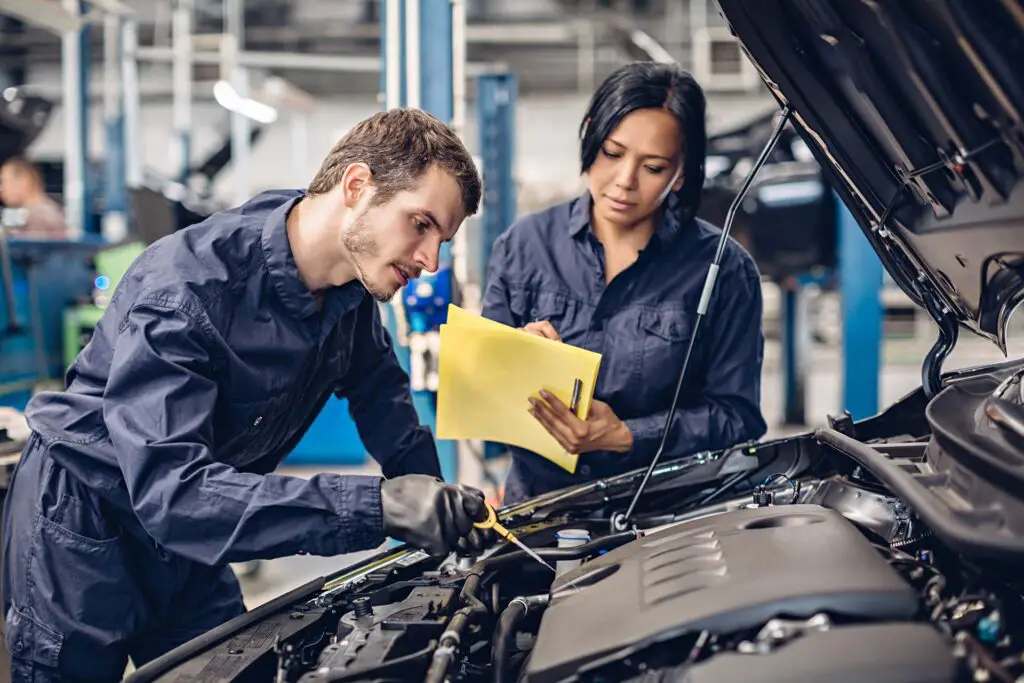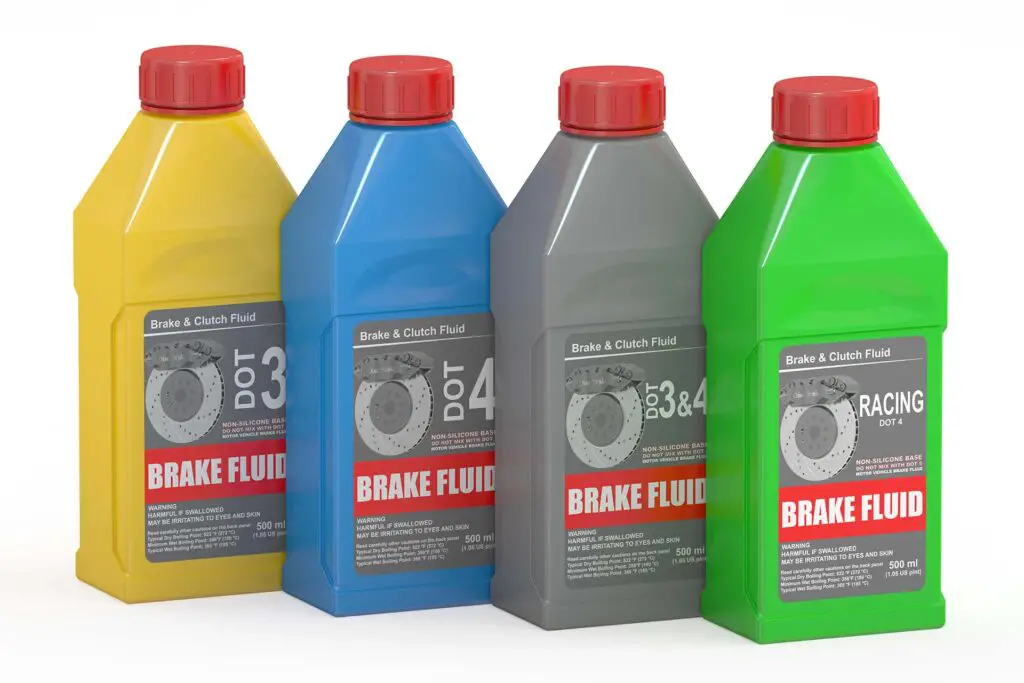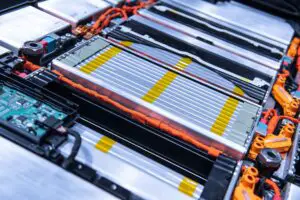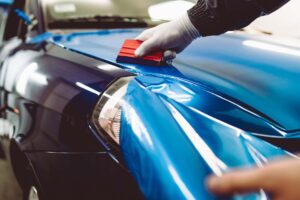Staying safe on the road should be the biggest concern for everyone that gets behind the wheel. With the brakes being one of the most important safety features of your car, knowing how to upgrade the brakes on your four-wheeler is one of the most important things every driver should know. Let’s go over all the upgrades you can make to improve the performance of your braking system.
There are many components that make up the braking system, and there is no single upgrade that will work for every brand of car and each specific driving condition. However, there are a few well-known methods for improving the braking performance of these components that will ensure a smooth driving experience and effortless handling of your vehicle.
The Brakes Are One of the Most Important Safety Features of Any Vehicle
When you’re thinking about upgrading and modifying your car, it’s usually about getting better performance in acceleration and handling. Sure, these kinds of upgrades can be very exciting for anyone, no matter if they’re experienced or a beginner-level driver. On the other hand, knowing how to upgrade the brake system’s components might not seem that exciting, but it is very important not only for your vehicle’s performance but also for general safety on the road.
If the braking system of your vehicle is not functioning properly, it’s definitely not safe enough to take it on some of the most famous routes in the USA. You won’t be able to speed or slow down in the right way, and that could be very dangerous. So, think of it as one of your driver’s responsibilities to know the ins and outs of every brake system component and how you can upgrade them for better stopping performance.

The Braking System Functions by Converting Kinetic Energy Into Heat
Like the engine and other important components of your car, the braking system functions by transferring energy from one form to another. When you press down on the brake pedal, all of the components work together to convert the kinetic energy of your moving vehicle into heat. That heat is then temporarily stored in these components, mostly in the braking pads and the rotor, and eventually shed into the air.
Some of this converted energy is transferred to the steering wheel, caliper, hub, and other places rather than directly into the air, but all of the heat eventually gets out. The caliper exerts pressure on the brake pads, and they clamp onto the rotor in order to slow down the tires.
Every Brake Component Should Function Properly at Higher Temperatures
Because heat is such an important aspect of braking, all of the components in your brake system, from the rotors to the brake fluid, should function at higher temperatures and dissipate heat effectively. However, upgrading your brakes doesn’t have to be only about stopping performance and thermal stability, so let’s take a look at all of the reasons why you might want to modify your braking system.

Reasons Why Knowing How to Upgrade Brakes Would Come in Handy
Friction, the same thing that slows down your vehicle, is also the reason why the components of your brake system will deteriorate over time. Sooner or later, you will have to replace each component with a brand-new one. But, while replacing something that is not properly working anymore is an obligation, upgrading it in order to get a better quality stopping performance is completely optional.
Most experts agree that today’s brake technology of any unmodified car used for daily transportation has pretty good quality. This means that upgrading the braking system is not absolutely necessary, but still, there are very plausible reasons why you would choose to do it.
Here are some of the most common reasons why you would want to upgrade the braking performance of your four-wheeler:
- Lack of braking power – if your car doesn’t have enough braking torque to lock the wheels at the speed it usually travels, the braking components should be replaced or upgraded,
- Significant brake fade – if the car experiences brake fade or you notice a soft brake pedal after prolonged use, it’s time to upgrade the brake system,
- Other systems of your vehicles are upgraded – if you’ve increased horsepower or upgraded other performance aspects, the brake system should be enhanced as well,
- You’re looking for an aesthetic upgrade – if you have an off-road vehicle or are looking to update your used car, upgrading the brake system will get you not only better quality stopping power but a chance to enjoy the new visual feel as well.
What Are the Most Important Components of Every Braking System?
Now that I’ve covered the reasons why your braking system might need an upgrade, it’s time to get familiar with each braking component and their specific function in order to better understand how you can upgrade them. Here’s an overview of these parts found on each wheel, as well as a quick summary of their function when it comes to braking:
| Brake Component | What Is It Exactly? | What Is Its Function? |
| Brake Pads | A wearable component inside the brake caliper | Applying pressure to the brake rotor, allowing the vehicle to slow down |
| Brake Rotors | A spinning disc that rotates with the steering wheel | Rejecting kinetic energy and turning it into heat |
| Brake Calipers | A device that includes a piston that applies pressure to the pads | Creating friction between the pads and the rotor |
| Brake Lines | Lines for supplying brake fluid | Providing a way for the brake fluid to function properly |
Most Popular Methods of Upgrading Each Component of the Braking System
So if you want to achieve better thermal stability and the resulting better quality brake performance, it’s time to think about upgrading the braking system of your vehicle. By doing so, you can also expect better stopping power, a good balance between the front and rear tires, better braking modulation, as well as a firmer pedal.
Keep in mind that there is no one-size-fits-all recipe for upgrading your car, as it depends on numerous factors, from the manufacturer of the vehicle to your specific driving needs. Also, the upgrade you go for has to be proportional to your vehicle’s performance level and horsepower.
While keeping in mind all of the specifics, here are the most effective ways in which you can update the braking system of your car:
Upgrading to a Higher Quality Braking Pads
Most of the braking components are prone to general wear and tear, and you will have to replace the braking pads sooner or later. That being said, you don’t have to wait for the current ones to deteriorate in order to upgrade to a better-quality pair. The two main aspects you should consider when looking for braking pads are the temperature range and coefficient of friction.
There are non-metallic, organic pads that generally have the lowest lifespan but work well in dry conditions. For extended durability and a better quality braking response, you should consider the semi-metallic pads, but keep in mind that they are less effective in colder conditions. There are also carbon-ceramic pads that last longer, but they are the most expensive option out there.
An ECE R90 is a good indicator that a braking pad is going to work well in all weather conditions, but at the end of the day, the best option for you will depend on what kind of vehicle you’re driving and how you are used to handling your car.
Upgrading to Higher Quality Braking Rotors
If you’re getting new brake pads, it’s a good idea to also invest in some better quality braking rotors because it will take the stopping performance of your vehicle to a whole new level. Unless you have a very sporty import car, your original brake discs are most probably plain-faced. While there’s nothing wrong with these types of discs when it comes to normal driving requirements, they don’t do a lot to help with the heat fade.
There are drilled discs with holes that allow more heat to get out, but there is one downside – this type of rotor can crack with heat. If that’s something you want to avoid, it’s a good idea to get grooved or slotted brake discs that come with all the same benefits but without worries that your rotors might crack.
There is also a two-piece rotor, with one disc made of iron and the other made from a lighter material, usually aluminum. This type of construction gets rid of excess weight and helps protect the hub from heat damage because it dissipates more efficiently.
Increasing the Braking Disc Radius
As you can see by now, improving brake torque is all about upgrading in a way that allows for more heat to dissipate. That’s why increasing the radius of the brake rotors can ensure a proper cooling process and improve brake fade, as well as the general stopping performance. Obviously, the maximum rotor diameter is limited by the size of your wheel, so you should keep that in mind when getting new, better-quality braking discs.
If you want to replace your brake rotors by yourself, use a soft hammer to repeatedly hit the area between the studs. You should be very careful to avoid hitting the studs or the face of the disc, and eventually, you should hear the dirt inside the rotors falling away, indicating that it’s getting loose. Once you’re able to get the rotor off, there should be a star-shaped hub beneath it with a stud layout that will clearly show you how to attach the new discs.
Increasing the Caliper Piston Area
A rotor with a bigger radius won’t have much of an effect on stopping performance by itself. That’s why it’s important to combine it with a caliper that has a bigger caliper piston area or one with more pistons. Remember, it’s all about balancing out different components, and this will ensure that your caliper has enough clamping force to haul down.
Also, if you’re going for really big rotors and calipers, the volume capacity of the master cylinder should increase as well because it might not be able to pump enough fluid for the pistons in order to achieve maximum clamping force.
Upgrading the Brake Lines
The rubber hose between the hard brake lines and the caliper can deform and swell due to age or increased fluid pressure, and this will result in a soft or spongy brake pedal. If your vehicle doesn’t already have them, upgrading to high-performance brake lines with a Teflon inner liner and a steel-braided outer cover is the best option because it will prevent swelling and expansion.
If you want to replace the brake lines by yourself, first place a tray or newspaper under the wheel, as the lines will start dripping once they’re disconnected. Using a flare spanner, simply undo both ends of the brake hoses, and their inlets are where you will screw in the new steel-braided brake lines.
Don’t Overlook the Type of Brake Fluid You’re Using
The brake fluid is often overlooked, but choosing the right kind as well as regularly changing it is absolutely essential for making the rest of your upgraded set-up work. There are two main types of brake fluid – glycol or silicone-based. You should consult with your mechanic or the owner’s manual to figure out which type of brake fluid is the best for the model you have. Even if you’re not upgrading, it’s still important to think about what kind of brake fluid you’re using.

Take Your Time to Figure Out the Best Upgrade for Your Particular Vehicle
As I’ve talked about, there are numerous components you can upgrade, and there is no one-size-fits-all when it comes to modifying your braking system. So, think carefully about what kind of updates will ensure a better braking performance for your car specifically, no matter if you’re looking for a better city driving experience or a safer time while driving at night. It will definitely ensure a smooth and safe time on the road!








